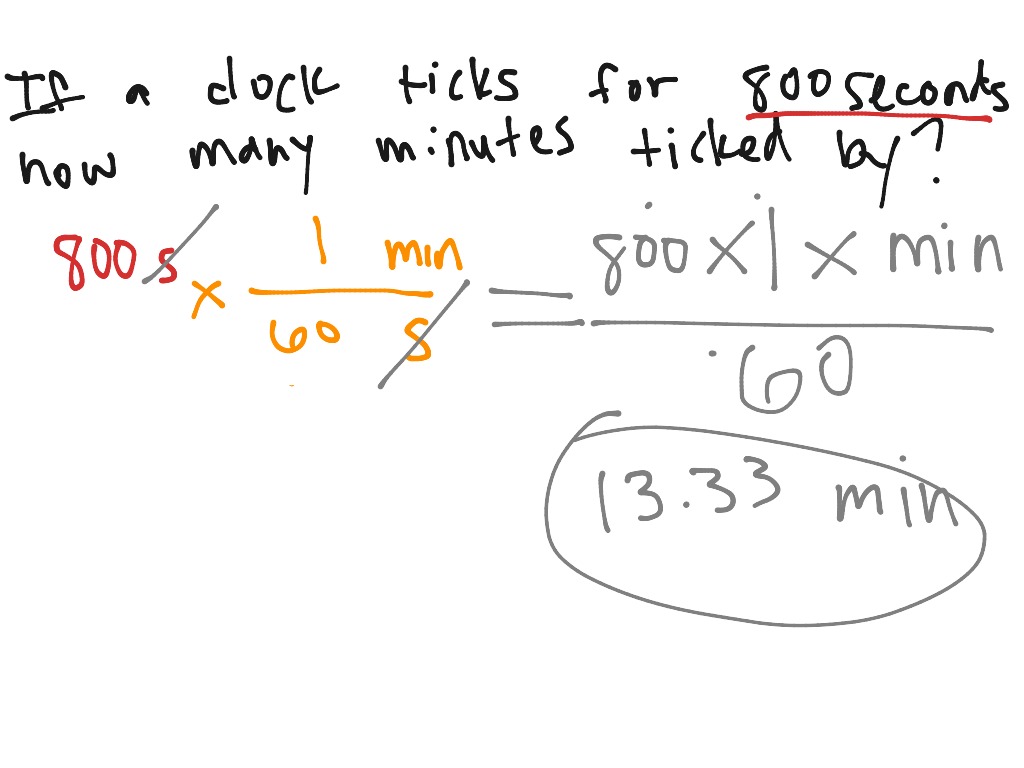

When smaller units are converted to bigger ones, the division is used.When bigger units are converted to smaller ones, multiplication is used.Three basic units of measurement are meter, gram and litre.Unit conversion is necessary to find numerical solutions directly and easily.Unit of measurement is used to measure physical quantities.A dimensional equation is an equation obtained by solving a physical quantity with its dimensional formula.Things to Remember Based on Unit Conversion Before carrying out mathematical operations on quantities, they must be converted to a common unit.A quantity can have different values when expressed in different measurement units.When feet is converted to metres, it is easy for him to understand and further apply the knowledge.For instance, a person aware of the metric system only won’t be able to easily understand the height of the building given as 40 feet.The conversion of units plays an important role while performing calculations in our daily lives.Some units of measurement do not follow the standards applicable to certain applications and processes which is why it is necessary to convert them. Unit of Measurementis required to measure physical quantities such as temperature, area, volume, mass, and speed. Conversion of units includes multiple steps like division or multiplication by a numerical factor and selection of the correct number of specific digits. † Ounces and pounds refer to avoirdupois units.Unit Conversion refers to the process of changing one unit to another through various mathematical operations as per the requirement of processes. * Fluid ounces, quarts, and gallons refer to US liquid measures. Only if it was exactly 100 yards away would one convert the measurement to 91.44 metres. If “it was about 100 yards away”, then it was about 100 metres away. But remember, estimated values don’t warrant precise conversions. This table gives easily remembered, approximate conversion factors for some common units, as well as more precise factors. A football field is about 100 metres long, so imagine a square the length of a football field on each side, and that’s 1 hectare. 1 ha = 10 000 m 2 ( 100 m × 100 m) 1 hectare is 10 000 square metres, equivalent to the area of a square 100 metres on each side. The diameter of the center hole is 15 millimetres. The diameter of a CD or DVD is 120 mmĪ CD or DVD is 120 millimetres across. A typical doorknob is 1 m highĪlthough there’s no precise standard for doorknob heights, they’re often about 1 metre above the floor. The mass of a nickel is 5 gĪ US nickel weighs 5 grams, and a penny weighs 2.5 grams. There are 1000 litres in a cubic metre, so the mass of 1 cubic metre of water is approximately 1000 kilograms or 1 megagram. 1 m 3 of water has a mass of approximately 1 Mg 1 L of water has a mass of approximately 1 kg The mass of 1 litre of water is therefore approximately 1 kilogram. 1 mL of water has a mass of approximately 1 g The mass of 1 millilitre of water is approximately 1 gram. For information on typing symbols properly, see How can I type unit symbols such as m 2, ☌, N⋅m, and µm? in the FAQ.Įxamples and relationships 1 mL = 1 cm 3 1 millilitre is the same volume as 1 cubic centimetre. In addition, the FAQ includes some information on usage.
#SCIENTIFIC UNIT CONVERSION FULL#
don’t have periods / full stops after them (unless they happen to fall at the ends of sentences).įor more details on usage, including some common errors, read the USMA’s page on correct SI usage.


This page shows the most commonly used units, symbols, and prefixes, and some other basic information to start using it as quickly as possible. Larger and smaller multiples of that unit are made by adding SI prefixes. In the International System of Units (SI), each physical quantity-length, mass, volume, etc.-is represented by a specific SI unit.


 0 kommentar(er)
0 kommentar(er)
